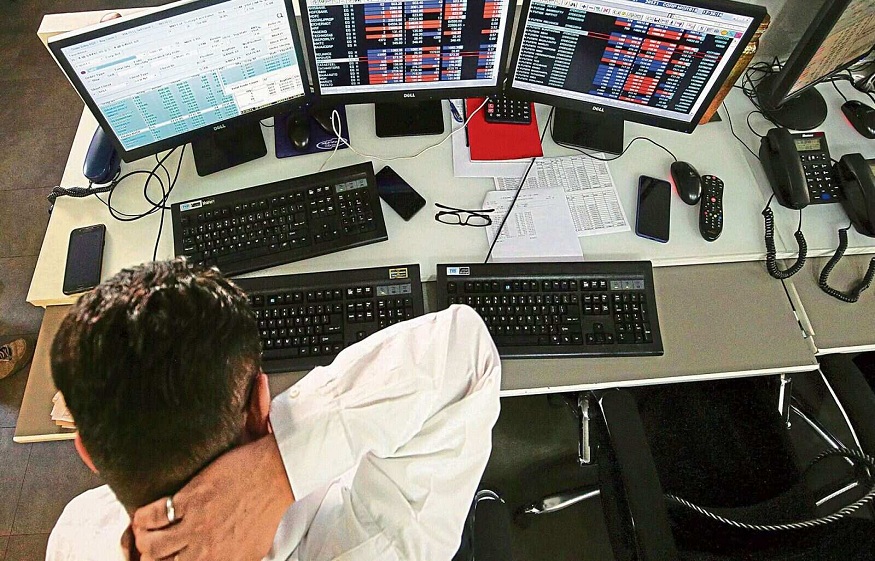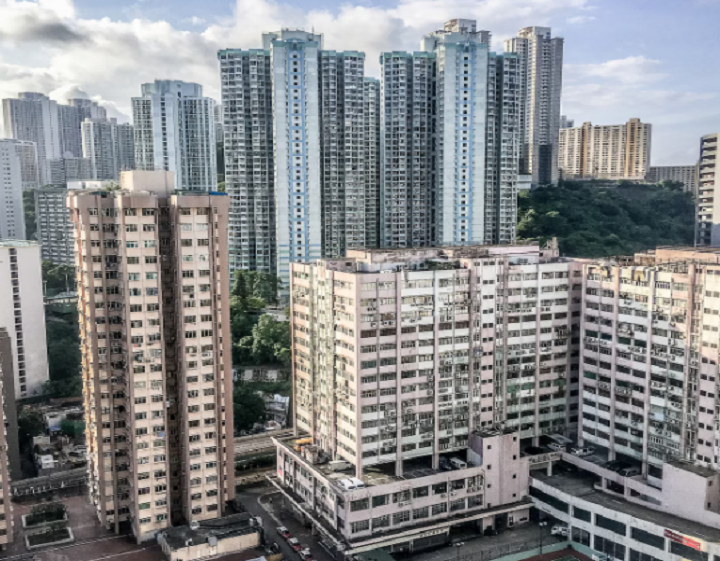F&O trading (future and option trading) is a famous form of trading in share markets. It is the portion of the secondary markets or derivative markets. Traders need to gain basic knowledge if they want to start F&O trading and want to know the markets to achieve the desired positions.
Some many rules and terms should be read and understood by traders in F&O trading, including the stocks in f& o ban.
What is the F&O ban, and how it applies to trading
The many rules laid in the securities market start trading in the F&O market. As per the rules, the open interest for security never crosses 95% of its market-wide position limit (MWPL). If this security crosses the limits, then they fall under the F&O ban list.
MWPL is calculated to be 20% of the total stocks of a company that are held by the promoters. Once the stock crosses the limits and enters the F&O ban list, then the traders are unable to take the new trading positions.
When the stock is entered in the F&O ban list
As we tell you, every stock has specific limits in the form of market-wide position limits.
- If any stock crosses these limits, then they are banned by the stock exchanges and comes under the F&O ban list.
- This ban is only placed in the case of stocks, so the traders do not worry while trading on the indices.
- The stock exchange puts restrictions on the stock trading in F&O trading if the stock is traded beyond 95%.
- Once the stock is hit the 95% mark, then the traders are not permitted to take any new position and are not unable to quit their existing positions.
Effects of F& O ban on stock market prices
There are many cases when the stock is put on the F&O ban list by the stock exchange when the trading positions go beyond the 95% mark. This ban is put to limit excessive speculation as it impacts the loss of investor confidence and market stability.
The stocks are also put on the ban list to keep the volatility of trading in check. Stock on the ban list is put on a temporary basis and a permanent basis.
When the stock crosses the 95% limit, then they are put on the ban list for a temporary period till the time it reaches 80%. In this case, there are equal chances it may affect the stock market prices or not.
Conclusion
F&O are the complex forms of trading in the secondary market. It needs the traders to stick to the several regulations sets by the regulator and stock exchange.
These regulations are set to safely keep the interest of investors and protect them from excessive speculations. The F&O ban list is also included in the regulations that are put to save the traders.






